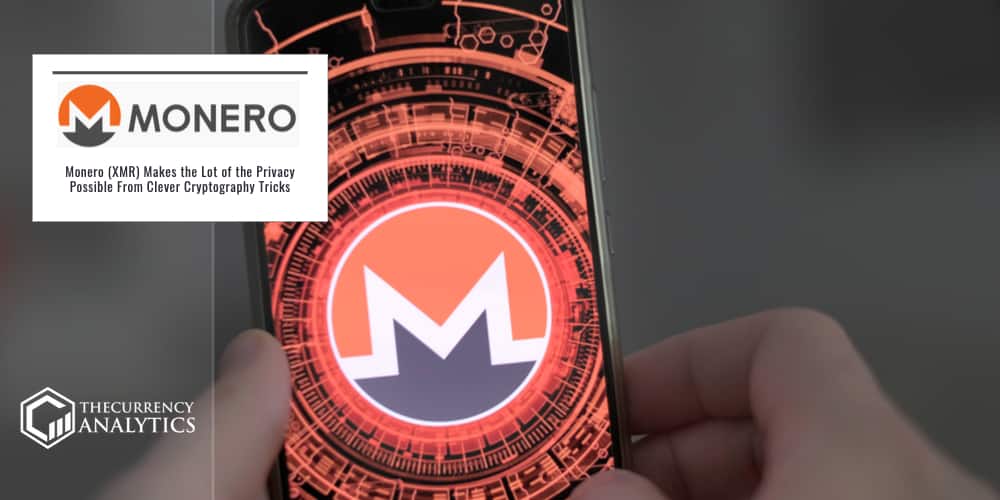
There was a recent interview with Riccardo “Fluffypony” Spagni. They have touched upon the story of XMR from then to now, the loss of privacy in our digital age, the moral framework of private payments, how to protect your information online and more.
In the interview, he recollects about how he went from learning about Bitcoin to kind of break it and went from that to play around with mining. He also wonders if mining is popular any more, but back in 2011 and 2012 it was a very popular and everyone was like, oh I will becoming a miner and get rich. And he pointed to how he realized how he was never going to become a super wealthy miner.
He pointed to how he wanted to sell spades and shovels and pick axes to miners. He pointed to how the GPU mining did very well. He also pointed to how they started a payment gateway and discovered Monero before its launch and on how he spent nearly 10 years of his life with Monero.
When asked about what engaged him so strongly in Monero when he came across it, he traced his memory back to early 2014, which was the height of the scam coin era where everyone was just launching just Bitcoin forks. He recollected how they forked by taking the code base and just forking it and on how they ran like that for a long time. For those who like to look deep in the past history of Monero, would want to watch the full interview at “The FTX podcast #41 – Riccardo Fluffypony” Spagni.
When asked about what does it mean for an immutable ledger to be private? It is kind of a little bit ironic, well it is private; however, it is going to live on thousands of computers forever. Little bit of the Anti-thesis to privacy that you will expect that the data would disappear, but that is not the case.
With Monero, a lot of the privacy comes from various clever cryptography tricks, where you pay it to a Monero address and when you look at around the blockchain, you do not see the Monero address. Instead, you see this output of a cryptographic function, so you just see it like a destination. A single transaction could be paying the same address with all its outputs but it appears to be going to different places and there is no way to tell. And, another trick is that it hides the transaction amounts. So, you can’t tell how much is transacted. And, there is another trick that we use what is called the ring signatures, and so a transaction appears to be spending funds from a whole bunch of older transactions. And, you can’t tell, which of the older transactions is the real one that is pending he stated that it is kind of powerful and that in some way it is like coinjoin or a mixing service, because you have all the transaction go in to one transaction, but what is really powerful is that it does not require interactivity.
So, with something like mixing or coinjoin all the people that are participating in that need to come together. You need to have one central body to control that!
We hope you’ll like this article and if so feel free to send a tip to our writers in XMR or any Crypto via this link: https://thecurrencyanalytics.com/donate/
Thank You,
The TCAT team.
Get the latest Crypto & Blockchain News in your inbox.